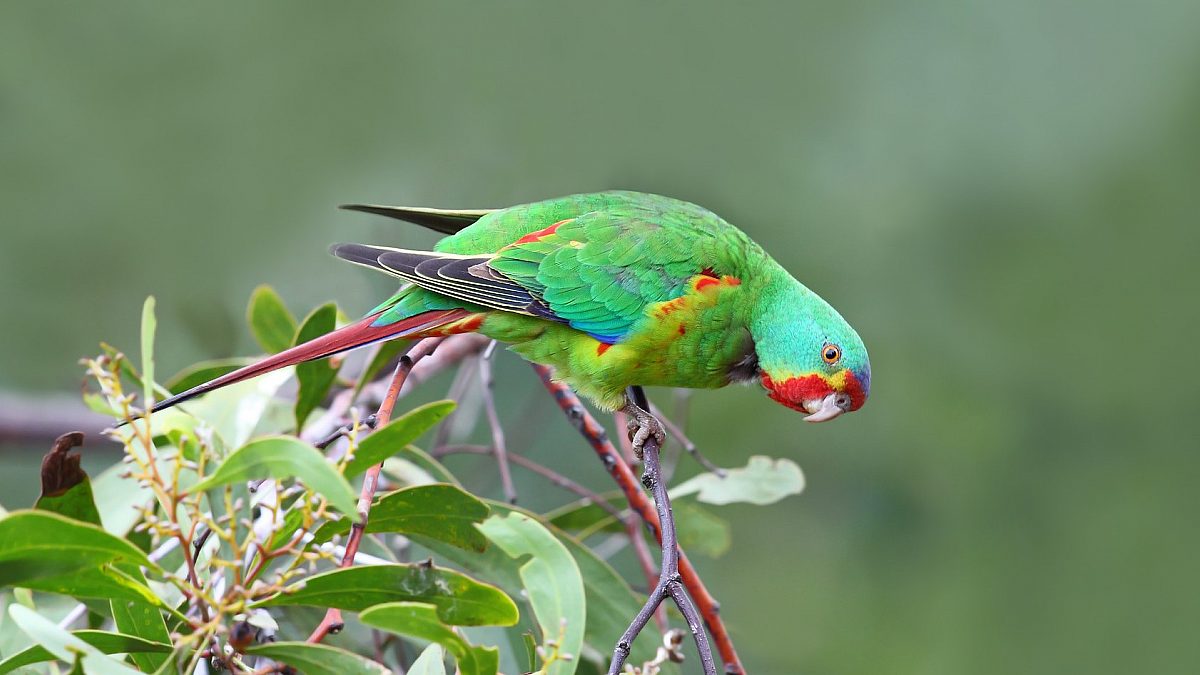
Act Swiftly to save the swift parrot
We must protect the Lonnavale Forests—sign the Act Swiftly petition today!
Together with Forestry Watch we are asking Tasmania's forestry minister, Guy Barnett, to Act Swiftly to protect critical swift parrot habitat in Lonnavale Forests, south-west of nipaluna / Hobart, from logging.
Swift parrots are the world’s fastest parrots and one of only two breeding endemic parrots in lutruwita / Tasmania, the other being the orange-bellied parrot, meaning their sole breeding grounds are here. They are critically endangered with the principal driver of their decline being the continued logging of their habitat. (Main image: Chris Tzaros.)
Take a look at our guide to swift parrots
Over recent months Swift Parrots have been returning to the island, searching out nesting and foraging habitat in native forests, some of which are threatened by logging.
Ecologists and citizen scientists from Forestry Watch have been out in the forests monitoring the birds as they set up their nests for the breeding season, and have found them settling down in the threatened Lonnavale Forests.
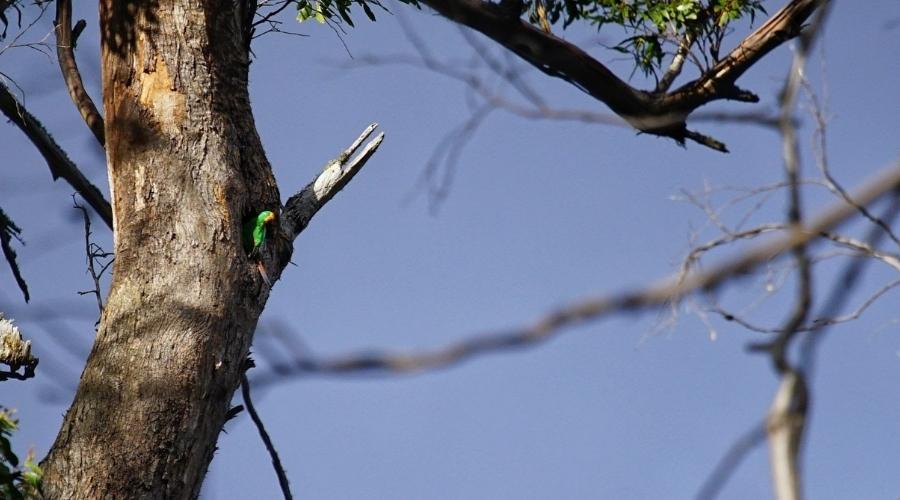
Together with Forestry Watch, we are asking the Tasmanian Govt to Act Swiftly—please add your name—it's urgent. Call on the Tasmanian government to declare Lonnavale Forests a Swift Parrot Important Breeding Area (SPIBA) among other improved management policies.
Where are the Lonnavale Forests?
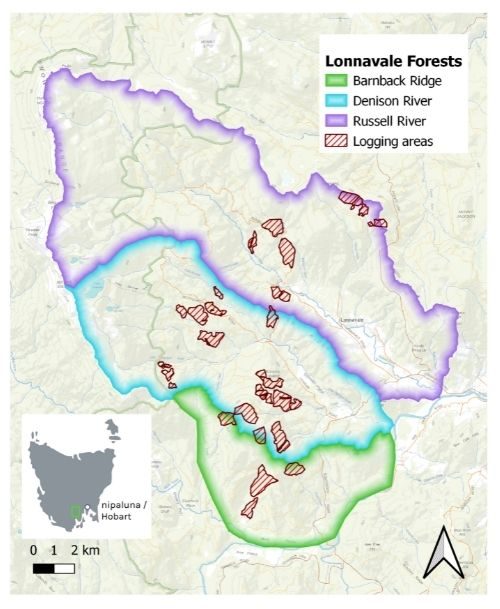
The Lonnavale Forests constitute the Denison, Barnback and Russell areas, an hour south-west of nipaluna / Hobart. This is an area with a contentious history where ecologists have battled with the native forest logging industry to have forest managed appropriately.
The area has been twice previously recommended to be a SPIBA, by swift parrot scientist Dr Matt Webb, after preliminary surveys found birds nesting. It was then made an Interim SPIBA in 2013.
The Lonnavale Forests contain the most mature stand of blue gums (the preferred diet of swift parrots) in the world. This stand is found in a logging coupe—DN007B which is pictured below.
Dr Matt Webb went and visited this proposed logging coupe on Friday 22 October 2021 with citizen science group Forestry Watch, and estimates that there are in excess of 50 swift parrots in the coupe settling down for this summer’s breeding season.
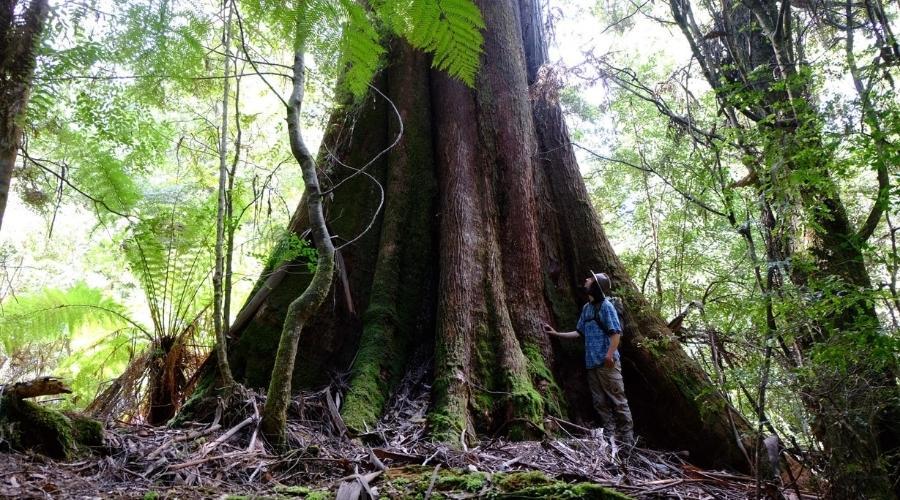
There are 25 logging coupes throughout this area that are due to be logged over the next three years.
Areas of Lonnavale Forests are able to be logged because they are currently outside of the Southern Forest SPIBA boundary. As a result, areas of large mature blue gums forming high quality breeding habitat (coupe DN009G, surveyed by Forestry Watch 14 April 2020) were logged in the Lonnavale forests. This is in addition to other areas, such as DN007C being cleared in 2019.
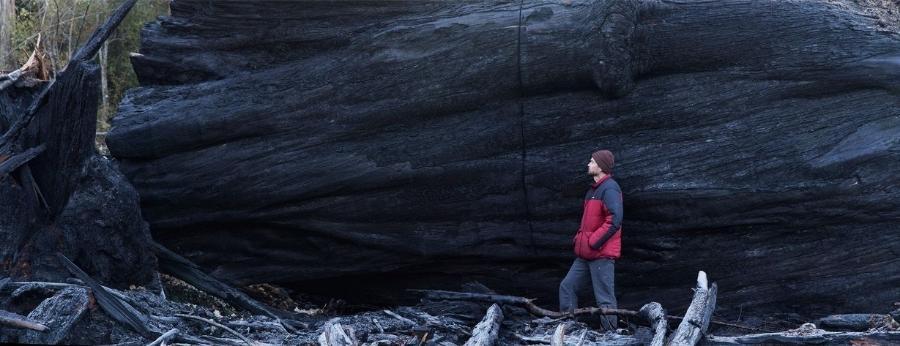
There are 12 SPIBAs across lutruwita / Tasmania.
Inside SPIBA boundaries medium and high density habitat is recommended by Tasmania’s Forest Practices Authority (FPA) to not be logged at all, and for low-quality habitat, blue gums less than 40cm dbh can be selectively logged.
Ecologists in the FPA have been calling for Dension/Russell/Barnback to be an official extension to the Southern Forest SPIBA for years.
There is already a proposal written by leading Swift Parrot scientist Matt Webb while he was working for DPIPWE for it to be included as a SPIBA. It used to be a provisional SPIBA where the same guidelines were applied. Not anymore.
In August, Forestry Watch surveyed a regrowth coupe affected by the 1967 fires inside a SPIBA and found it was medium and high quality habitat.
Let's make it happen!
Please Act Swiftly: call on the Tasmanian government to immediately enforce a moratorium on logging of Swift Parrot habitat and make Lonnavale Forests a Swift Parrot Important Breeding Area.